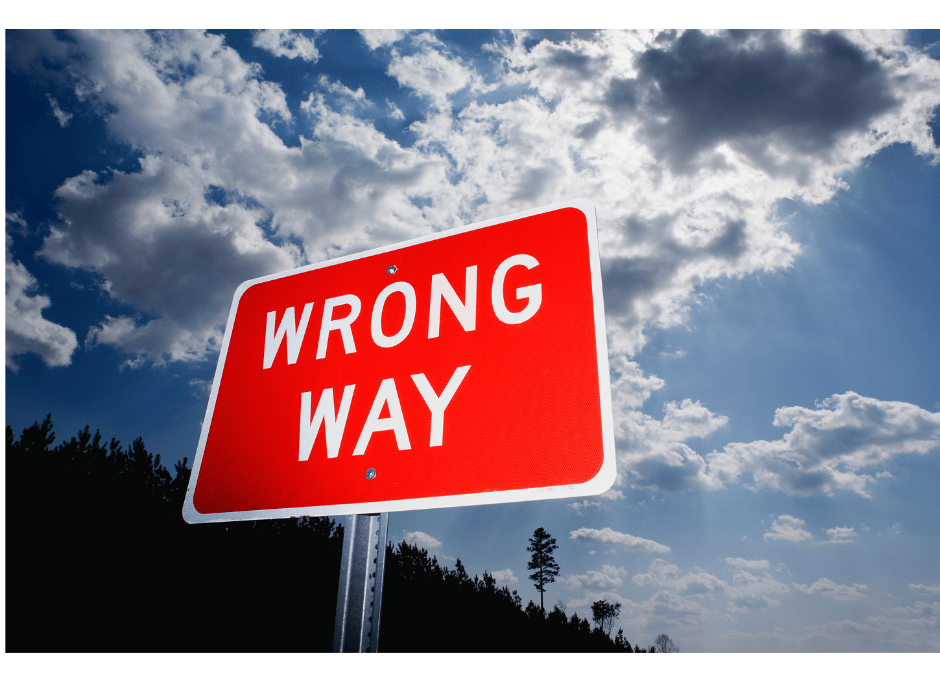Advice about what to eat if you have Type 2 Diabetes can be OVERWHELMING and CONFUSING. It’s not hard to understand why you might be struggling with sorting through WHAT you are supposed to eat.
You should be able to trust the information your doctor and even your dietitian give you when it comes to what you should eat to control your blood sugars.
What I want to teach you in this post is how how to critically evaluate the advice you are given and then show you how to think about food in a very simple and logical way so that you can make decisions for yourself.
But first, I want to take a look at national standards about how a person with Type 2 Diabetes should eat.
To start with, let’s just agree on some facts about Type 2 Diabetes:
- Type 2 Diabetes is a disease where blood sugars rise above normal levels.
- Foods that raise blood sugar are carbohydrates.
- Flour and sugar are carbohydrates that quickly and sharply raise blood sugar.
- Flour and sugar do not offer any nutritional value outside of caloric value.
Now, let’s compare these facts with easy-to-find recommendations from national authorities on the treatment of Type 2 Diabetes:
- The American Diabetes Association recommends a basic guideline of 45-60 gm of carbohydrates per meal and 15-20 gm per snack. With 3 meals and 2 snacks per day, that comes out to as much as 220 gm per day.
- The Canadian Diabetes Association recommends that 45-65% of daily calories should come from carbohydrates. On a 2000 calorie diet, this equates to about 225 gm to 325 gm carbohydrates per day.
Some additional but VERY IMPORTANT facts that many people with Type 2 Diabetes have never been taught, and are worth considering here include:
- Type 2 Diabetes is a disease that is caused by elevated levels of insulin in the body, which leads to insulin resistance and high blood sugars.
- Too much insulin also causes weight gain and obesity.
- Insulin is released when we eat carbohydrates in response to a rise in blood sugar.
So let me get this straight. If Type 2 Diabetes is caused by too much insulin and too much insulin is caused by too much carbohydrate, I’m supposed to keep eating lots of carbohydrates?
Sounds like a problem, not a solution.
No wonder we believe that Type 2 Diabetes is a chronic, progressive disease that has no cure. We give out instructions that actually propel your disease forward. It’s insanity!
So what makes sense folks? How about we address the cause of the problem? Too much insulin. High insulin levels around the clock.
And I have the BEST NEWS for you: You don’t need medication or expensive supplements or diet plans to do this. You just need to use your brain.
If you have a blood sugar monitor, you’re even better equipped to figure this out on your own. It’s basically the scientific method. Test your blood sugar, eat or drink a test food, check your blood sugar 2 hours later.


Are you interested in learning more? Want to take this to the next level? Want to reverse your Type 2 Diabetes? I can show you how. AND, I can show you how to GET YOURSELF to take the action you really want to take when behavior change is hard. Find me at www.AFutureByDesign.com.





